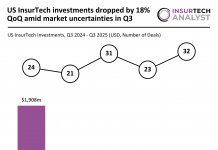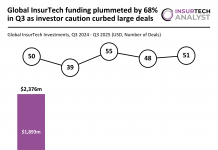Actuaries, often dubbed as mathematical risk managers, play a pivotal role in the insurance industry. Their expertise in quantifying and managing risk is essential for insurers in a market where financial responsibility for potential negative outcomes is traded. However, determining the cost of this responsibility isn’t a straightforward task; it involves estimating expected losses akin to manufacturing costs for tangible goods. Yet, setting a price demands more than just knowing costs; it requires calibrating profit margins to market realities and consumer behaviours. InsurTech Quantee delves into the intricate process, known as price optimisation.
Price optimisation, a multifaceted concept, lacks a universal definition, especially within the insurance realm. As a firm, Quantee would refer to the principle of price optimisation as the idea of adjusting premiums to maximise company profit, within various constraints determined by legal, ethical, and strategic considerations.
The success of price optimisation hinges on predicted demand and the cost of coverage. Predicted demand, influenced by offered premiums, is generally expected to decrease as prices decrease. The cost of coverage, including risk and expenses, provides the foundation for calculating premiums.
Optimisation aims to maximise the company’s profit margin, factoring in the probability of sale. However, finding the optimal price involves navigating complex considerations, such as individual customer profiles and broader market dynamics.
However, the concept has stirred up numerous ethical debates – particularly regarding differential pricing practices.
While banned in some jurisdictions, it remains prevalent in the insurance industry. Critics argue that offering different prices for the same product exploits vulnerable consumers.
Despite this, proponents highlight the importance of transparency and fairness in pricing strategies.
Irrespective of the obvious challenges, price optimisation presents valuable opportunities for insurers to enhance profitability while maintaining ethical standards.
Actuaries can play a crucial role in navigating these complexities, ensuring that pricing strategies align with business objectives and regulatory requirements.
For insurers seeking to optimise their pricing strategies, a nuanced understanding of market dynamics and consumer behaviours is essential. Therefore, those fully utilising the concept of price optimisation may gain a significant advantage on their competitors.
If you want to learn more about the concept of price optimisation, read the full blog from Quantee here.
Copyright © 2024 InsurTech Analyst










